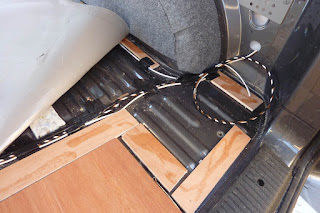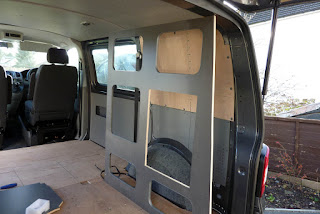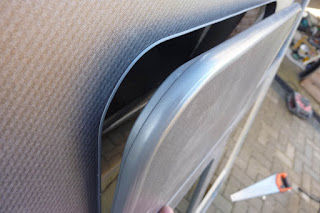Let me wax lyrical about Heat Pumps - Air Source Heat Pumps (ASHP)
They are simply, quite amazing. Although I spent ages researching them, made all the calculations, spoke to lots of people about them etc, it wasn't until I found someone with one who kept all their electricity consumption figures on a spreadsheet, that I finally decided to take the plunge.
I mean. Get all your heat for your home in winter from the air outside? Crazy!
Crazy but true.
What about when it's below freezing I hear you ask - no problem.
Let's start with the figures.
Oct 2013 - Oct 2014. Cost to run £311.00.
That's all the space heating for our 3 bedroom, 3 reception room, 2 bathroom (and sun lounge) home for a whole year. Bathrooms at 20 degrees, living rooms 19 degrees and bedrooms 18 degrees.
We are getting £600 per year from the government in what are called RHI's (renewable heat incentives). These are for a period of 7 years so we get a total of £4200 in subsidies. The idea of the RHI's is to give those installing new heat systems a financial payback for the greater cost of installing heat pump systems compared to the cheaper installation cost of an oil boiler.
You can get a an efficient condensing oil boiler for around £1500. We paid £4000 for out heat pump. Labour costs of installing each would be about the same.
How do they work?
They are in effect a giant fridge. A fridge takes the heat out of the inside (thus cooling your food) and dumps it in those black coils at the rear. This is what our heat pump does - takes the heat out of the air and dumps it in the underfloor heating coils. Heat pumps work better with underfloor heating as the water in the pipes never really gets above 42 degrees. Standard domestic radiators require the water in them to be over 60 degrees. Using heat pumps with standard radiators won't work as you'll not be able to get enough heat from them to sufficiently warm your house... unless you double (at least) the size of your radiators.
Further points:
- When we renovated the house we took great care to insulate it to a high standard (as can be seen from past blog posts) . This helps the ASHP deliver enough heat to keep the house toasty.
- Underfloor heating (UFL) is a great way to heat your house - warm air gradually rises and you get less dust and convection currents - drafts. You'll have nice toasty feet too.
- UFL with hot water embedded in your screed means you will need dig out your floors to a depth of at least 300mm (having said that there are some systems that you can lay on your existing floor and only raise it be 20-30mm)
- The ASHP does make some noise but certainly no more than a standard boiler. There are some regulations about where you can place them (although local authorities do seem a little confused about the situation).
- ASHP require little maintenance and there isn't much to go wrong - a couple of electrical motors basically.
- I installed the system myself and got great support and advice by the supplying company. In order to qualify for the RHI's you need the system to be supplied, designed and commissioned by an MCof S accredited company.

















